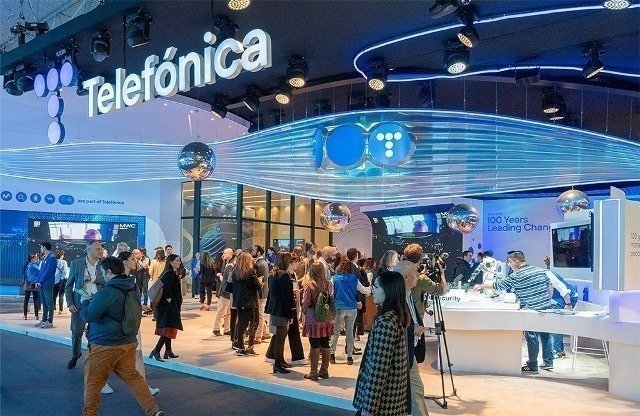Telefonica is adopting a region-specific strategy regarding its use of Huawei equipment, shaped by geopolitical and regulatory environments, Reuters news report said.

Europe (Spain and Germany): Telefonica is actively replacing all Huawei 5G equipment in both Spain and Germany. This move aligns with local government directives aimed at phasing out Huawei gear from critical 5G infrastructure due to national security concerns. Telefonica is reducing its exposure to Huawei in these markets to comply with these rules.
United Kingdom: The company has minimal reliance on Huawei, as the UK also enforces strict restrictions on Huawei’s involvement in telecom networks.
Latin America (including Brazil): Telefonica intends to continue using Huawei equipment in Brazil and other Latin American countries, where there are no government restrictions against the Chinese vendor.
“In both Germany and Spain, we are reducing our exposure to Huawei following the rules we have in these countries,” Telefonica Chief Operating Officer Emilio Gayo told Reuters.
Capex
In 2024, Telefonica’s capital expenditure (Capex) was distributed across key geographic regions, with Brazil and Spain receiving the highest investment. Telefonica Brazil accounted for €1,583 million in Capex, closely followed by Telefonica Spain with €1,571 million. Germany received €1,141 million, while the Hispam region (Spanish-speaking Latin America) saw investments of €1,001 million. Other business units accounted for €185 million.
When excluding spectrum-related spending, the overall Capex amounted to €5,318 million, reflecting Telefonica’s focus on strengthening core infrastructure like fiber and 5G across its major markets. The regional allocation underscores the company’s strategic emphasis on Brazil and Spain, which continue to drive the bulk of its operational investments.
Telefonica has invested €2,003 million in Capex during the first half of 2025, reflecting a organic decline of 1.9 percent and a 6.8 percent drop in reported terms due to currency impacts. The Capex-to-sales ratio was 11.1 percent, aligning with the company’s annual target. Spending focused on expanding fibre and 5G infrastructure, with over 171 million premises covered by ultra-broadband.
Telefonica emphasizes that, regardless of the vendor, all equipment used across its operations must meet strict security and performance standards. This ensures a consistent level of network safety for its customers across different geographies. Telefonica did not reveal further details on new mobile network suppliers which will replace Huawei.
TelecomLead.com News Desk
